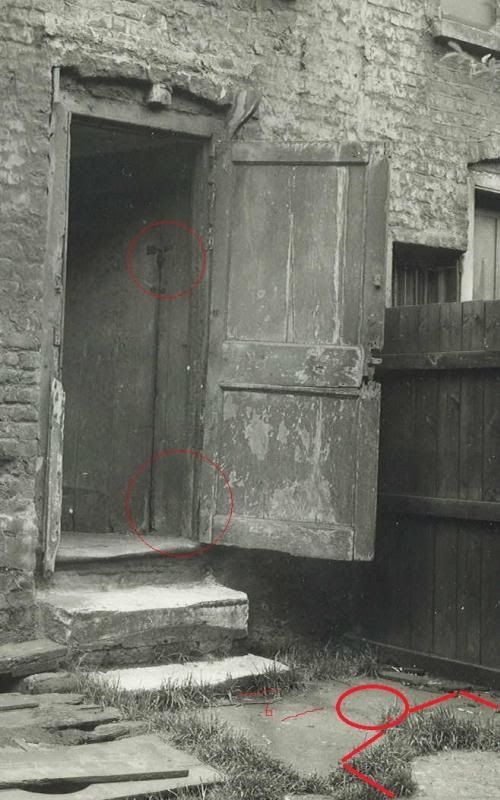Originally posted by Chris
View Post
In spite of your misgivings, I think Phillips was very capable of feeling whether a body was cold or warm. It was not a question of choosing between 32 or 31 degrees Celsius - it was a question of a body that had gone quite cold. And if you care to take a look at the snippet on body temperature loss I posted earlier (incidentally, that is one of the things I have actually read), you will find a whole lot of interesting and useful information.
Phillips was absolutely certain that two hours was a minimum - otherwise, he would not have discarded the Richardson suggestion, which was actually one hour and fortyfive minutes away, timewise. One would have thought that Phillips would budge a little, but no - he was certain about the two hour verdict. And now you are telling me that this would have been useless and ridiculous, and that totally cold bodies can have been 37 degrees Celsius an hour before that.
Iīm sorry, Chris, but I donīt buy into that.
All the best,
Fisherman



Comment